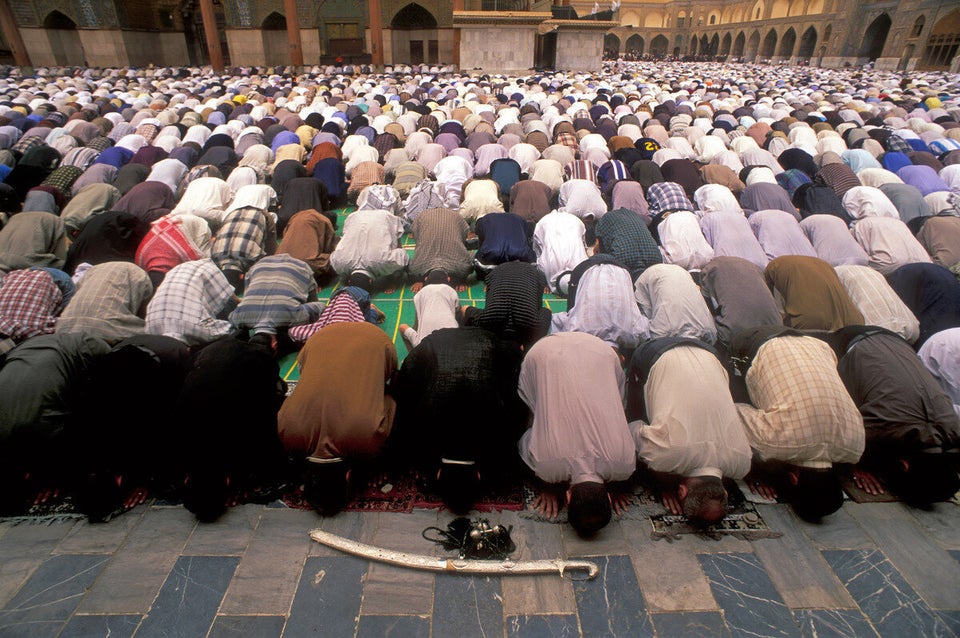Rising tensions following Saudi Arabia’s execution of a prominent Shia cleric have brought into focus the 1,400 year divide between two main branches of Islam.
The Kingdom’s decision to kill Sheikh Nimr al-Nimr, a driving force behind the Arab Spring of 2011, has seen its regional rival Iran issue strongly worded statements deploring the execution, while other regional players rally to support either side.
The situation highlights the differences between Shia and Sunnis, two opposed interpretations of Islamic theology, which lie behind much of the sectarian division we see in the Middle East today.

Both Muslim sects share Islam’s five pillars, as well as rituals such as pilgrimage to Mecca
Sectarianism in the Middle East looks set to continue, and could even worsen, after the Sheikh’s execution, analysts say.
Fawaz Gerges, of the London School of Economics, has said the Sheikh al-Nimr’s execution could well open the chasm between the two Islamic sects further.
Gerges told CNN: “I fear that the execution of Sheikh al-Nimr will most likely pour gasoline on raging fires in Syria, in Iraq, in Yemen, in Lebanon, Bahrain, and in Saudi Arabia itself.”
Another expert told the broadcaster that it was thought that Saudi Arabia would keep Shia prisoners as bargaining chips.
Toby Matthiesen, senior research fellow in the International Relations of the Middle East at Oxford said: "Several regional and international actors and countries lobbied for the release or pardoning of al-Nimr."
It comes as Kuwait recalled its ambassador to Iran as the tension over the execution continues.
READ MORE:
- Saudi Arabia Executes 47 Prisoners Including Prominent Cleric Sheikh Nimr al-Nimr
- Saudi Arabia Sentences Palestinian Poet Ashraf Fayadh To Death For Renouncing Islam
- Saudi Arabia Executes One Person Every Other Day, According To Amnesty Report
- Saudi Arabia's Murky Relationship With The West Explained By Scenes Of Reason
